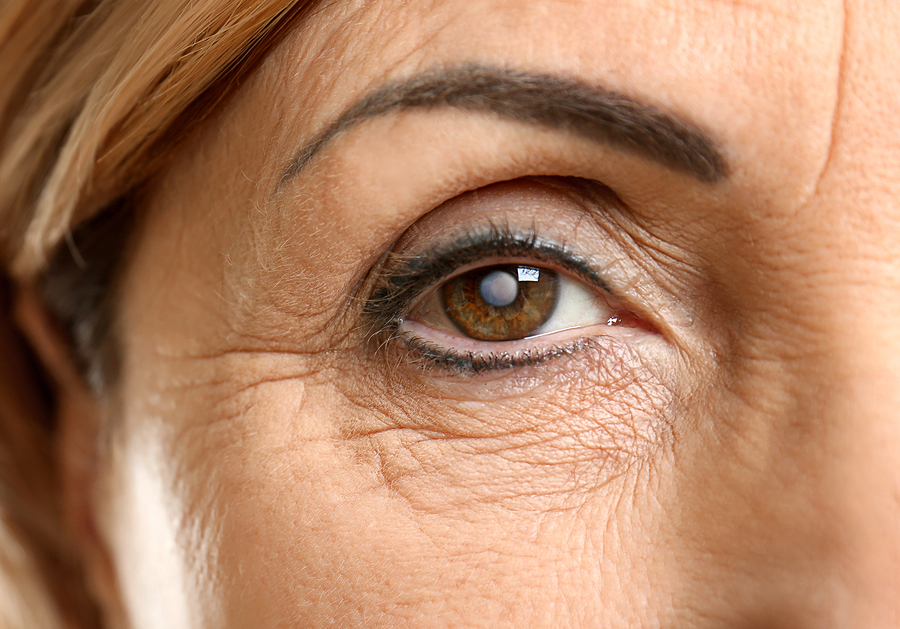Your vision usually changes slowly, and because we use our eyes during all our waking hours, it can be difficult to notice subtle shifts as they are happening. But even the slightest change in vision can be a sign of an underlying eye problem. For example, cataracts are common in older adults and can have very few early warning signs. By the time you notice blurry vision or light sensitivity, a cataract may have already developed.
June is Cataracts Awareness Month, so let’s take a look at the symptoms, who’s at risk, and when it’s time to see an optometrist.
What are Cataracts and Who is at Risk?
This condition is caused by protein build-up in the lens of the eye. Over time, these proteins cause the lens to become cloudy, obstructing your vision. Cataracts can affect one or both eyes depending on the person. Risk factors for developing cataracts include:
- Being over the age of 60. Most cataracts are related to aging.
- Prolonged exposure to UV rays without eye protection.
- Being a tobacco smoker.
- Having high blood sugar or diabetes.
- Prolonged use of steroid medications.
- Traumatic eye injuries. Sometimes cataracts are caused by injury rather than aging.
None of these factors guarantee that you will develop cataracts in your lifetime. But if one or more apply to you, it’s important to tell your eye doctor and have them check for problems regularly.
What are the Signs of Cataracts?
Symptoms of cataracts vary from person to person. Some of the most common warning signs include:
- Vision becomes blurred, dim, filmy, or cloudy. Some describe it as seeing through foggy conditions.
- Trouble seeing clearly at night. Many people notice this while driving after dark.
- Increased sensitivity to light. Cataracts can increase glare during the day.
- Needing more light than usual for everyday activities like reading or cooking.
- Halos appearing around lights.
- Changes to the way you perceive color. Some report the fading or yellowing of colors.
- Development of double vision in the affected eye(s).
- More frequent changes to eyeglass or contact prescription.
When Should You See an Optometrist?
Cataracts can only be diagnosed through conducting a dilated eye exam, which means you must see an eye doctor to know if you are indeed suffering from cataracts. Also, it should be noted that eye conditions can be tricky. Even if you have one or more of the symptoms above, changes in your vision could be due to a myriad of conditions, some even life-threatening.
I recommend seeing your optometrist at the first sign of vision changes. If you are a glasses or contacts wearer, you should already be seeing your eye doctor at least once a year to ensure that you are wearing the correct prescription. During your annual appointments, I encourage you to ask about cataracts and discuss risk factors with your doctor. If you are diagnosed with cataracts, there are highly successful outpatient procedures that can help restore your vision.
Looking for more information? Check out more articles here!







